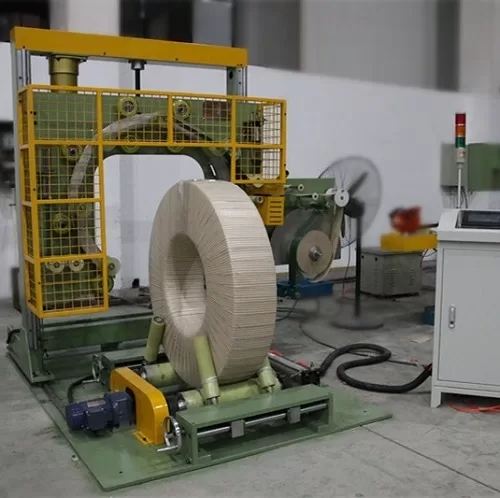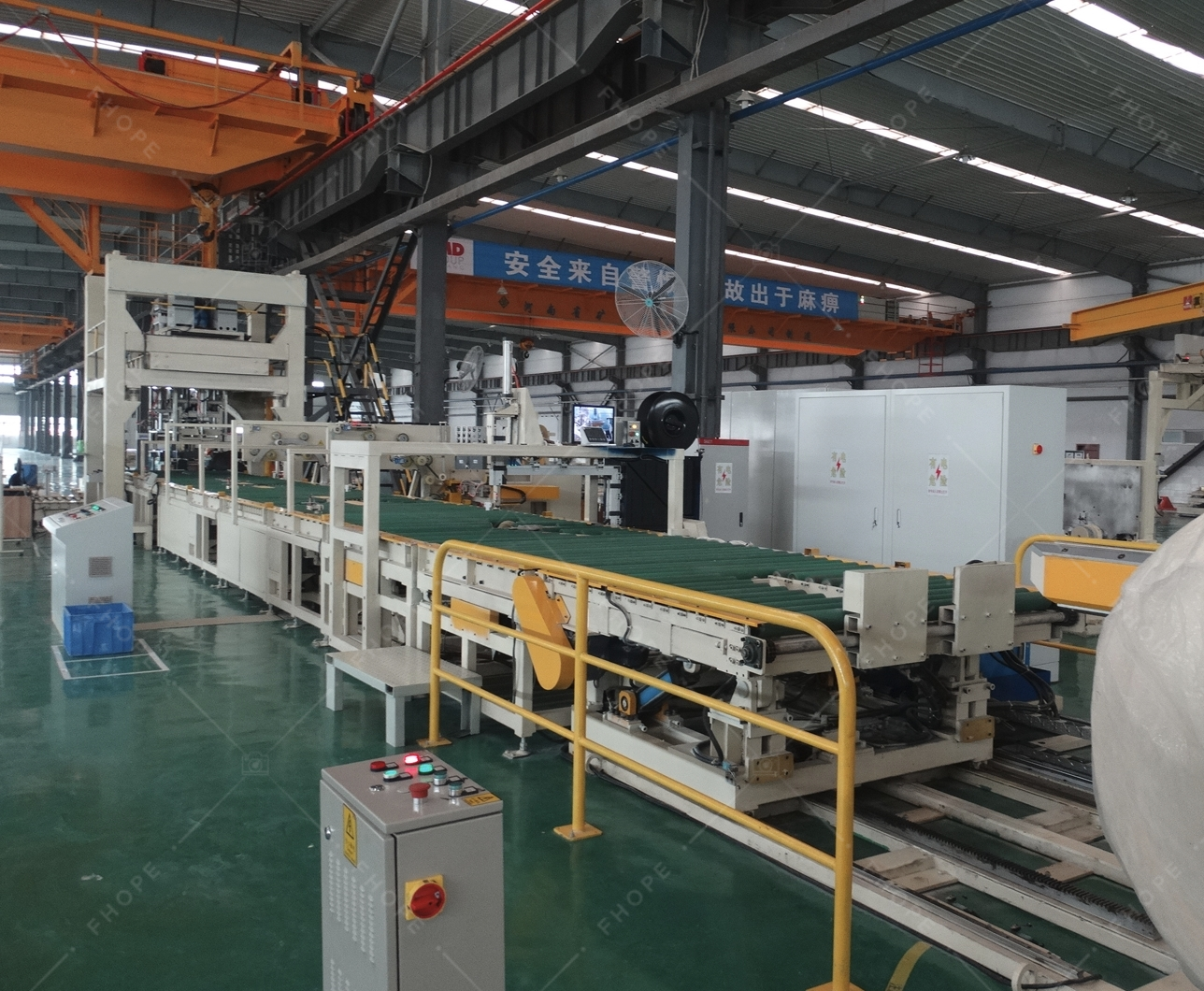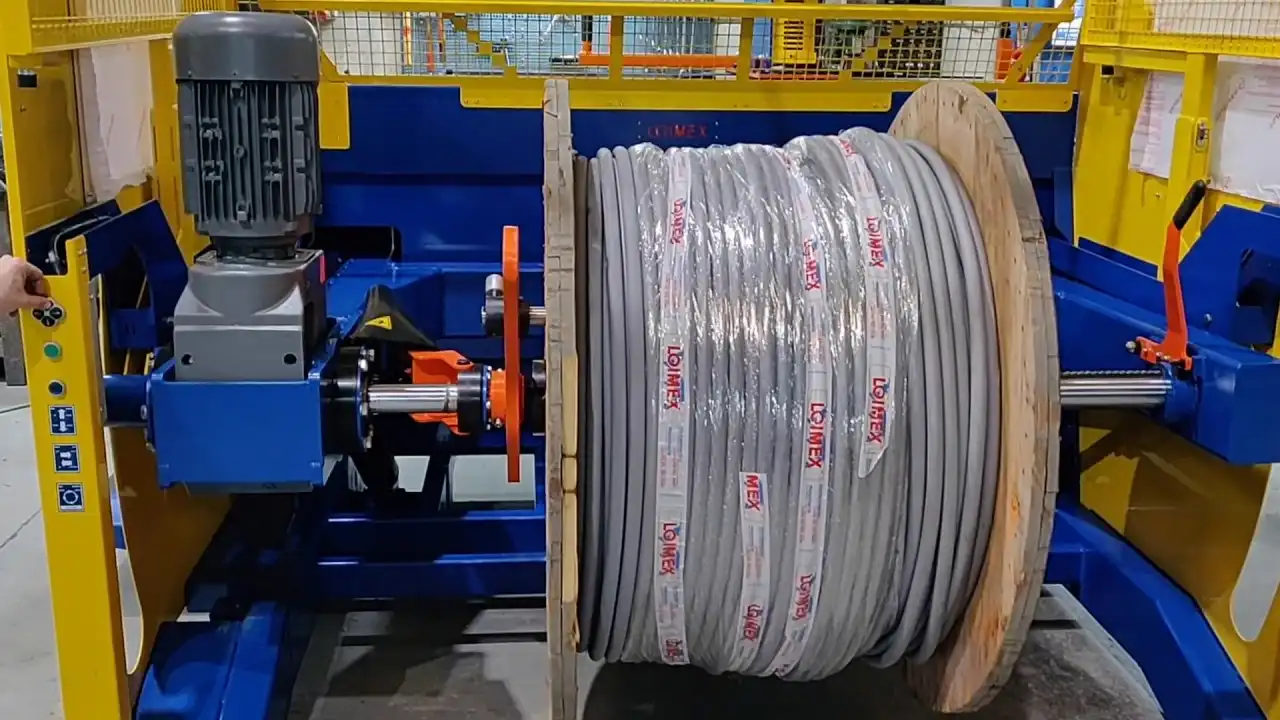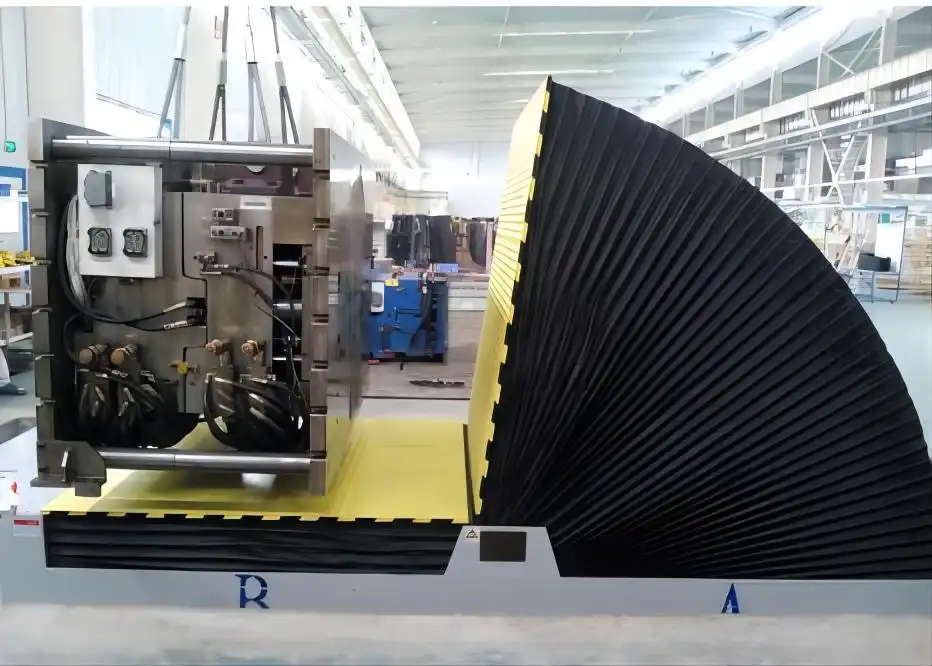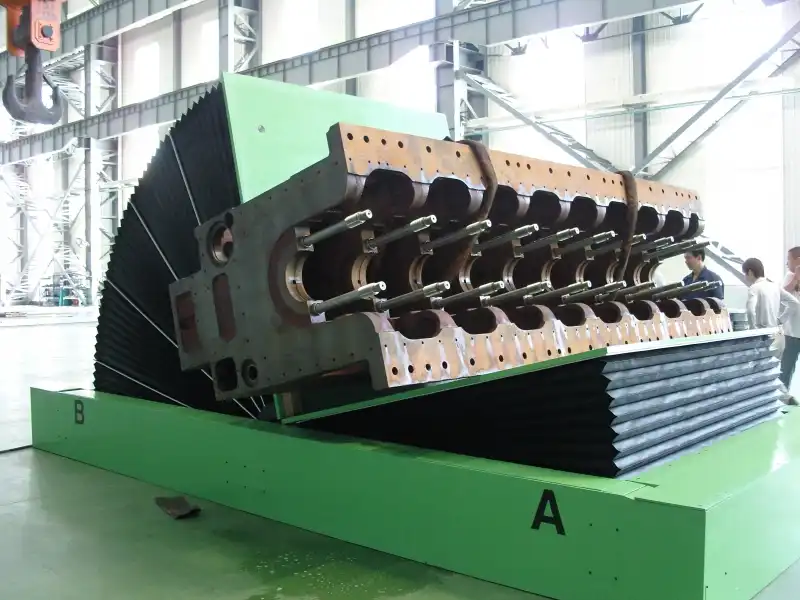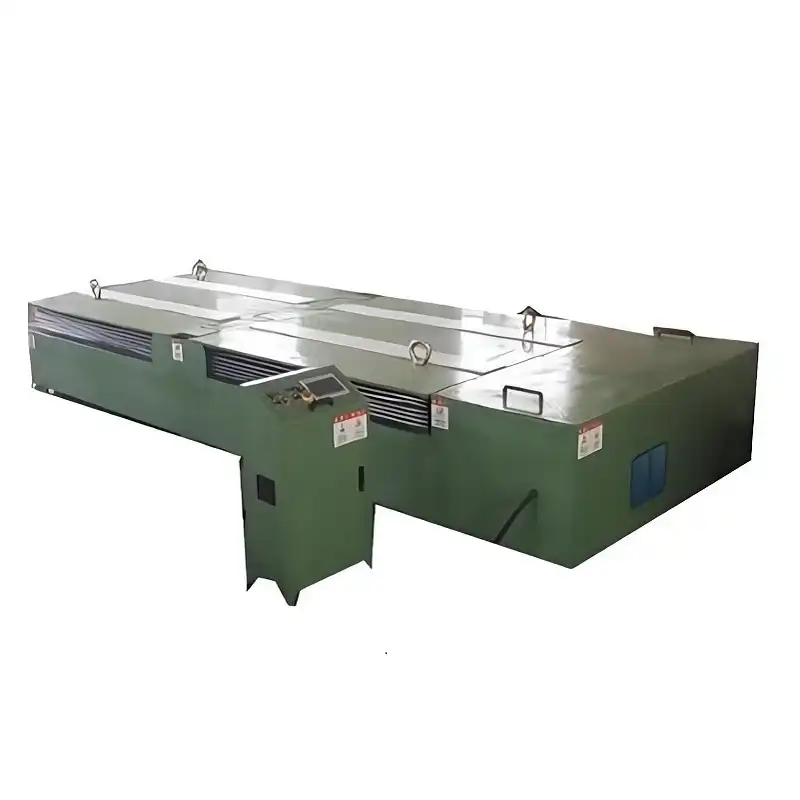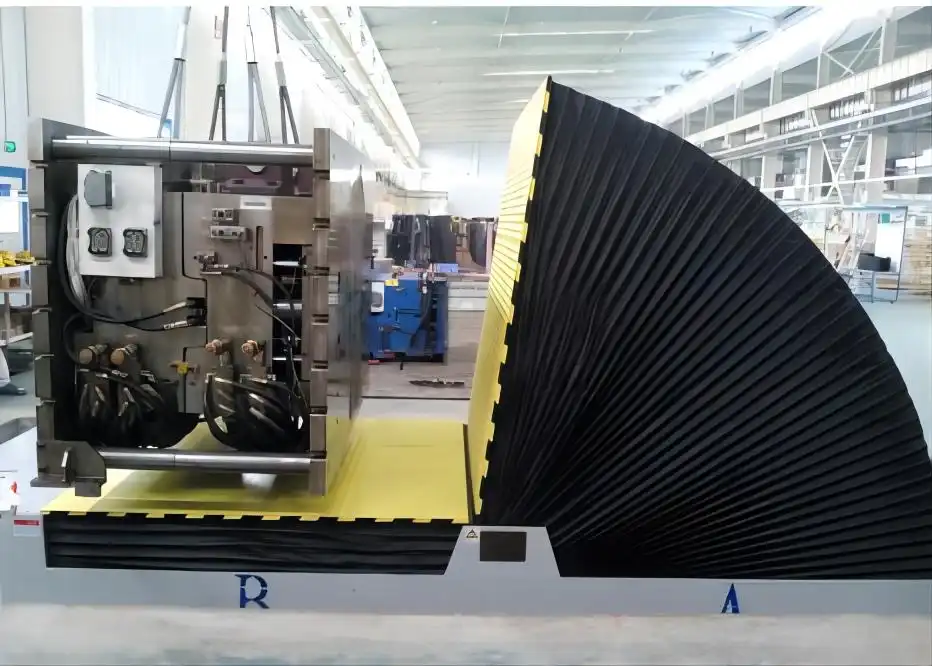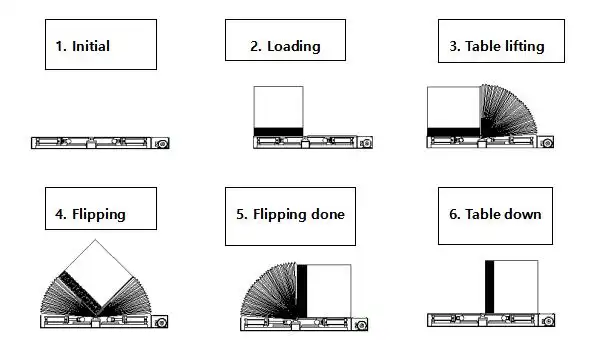Innovations in Steel Coil Packaging Materials for Export
Exporting valuable steel coils presents a constant battle against devastating transit damage and corrosion. These threats can negate production quality and lead to costly claims, jeopardizing business relationships and reputation. Explore how pioneering advancements in packaging materials are delivering robust protection, ensuring your coils reach global destinations in pristine condition, ready for immediate use.
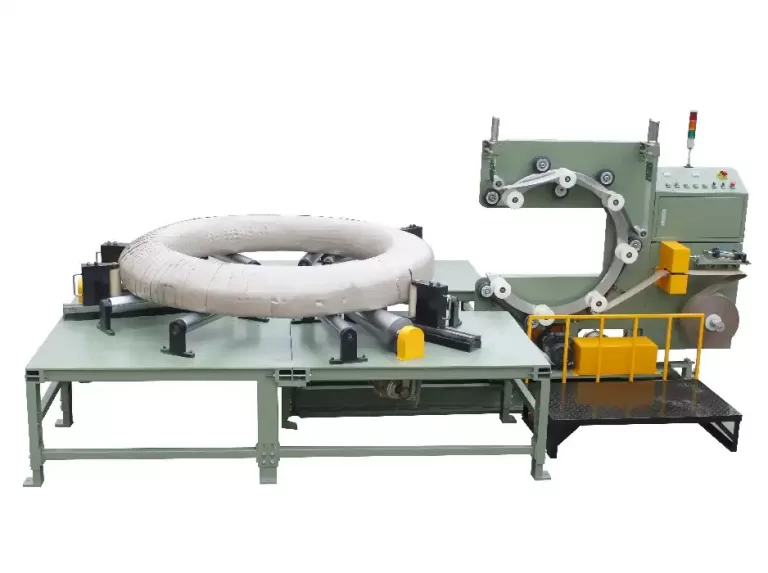
Innovations in steel coil packaging materials for export focus heavily on advanced corrosion prevention and enhanced physical durability. This includes cutting-edge Vapor Corrosion Inhibitor (VCI) technologies in papers, films, and covers, alongside high-strength physical barriers such as reinforced wraps, specialized edge and core protectors, and advanced strapping and dunnage solutions. These materials are integrated into robust systems designed to withstand diverse environmental and mechanical stresses during lengthy international transit.
Navigating the complexities of international logistics requires packaging that performs under pressure. The materials used must offer multilayered defense, adapting to various modes of transport and unpredictable conditions. Let’s unpack the specific innovations that are shaping the future of steel coil export packaging.
Advanced Corrosion Prevention: The Role of VCI Technology
Corrosion is perhaps the most insidious threat to exported steel coils, capable of rendering entire shipments unusable before they even reach their destination. Traditional methods, often relying on heavy oils, are messy, environmentally problematic, and can fail to protect the intricate surfaces within a coil. The demand for clean, effective rust prevention has driven significant innovation, particularly in Vapor Corrosion Inhibitor (VCI) technology.
Vapor Corrosion Inhibitor (VCI) technology represents a pivotal innovation in protecting steel coils during export. These specialized packaging materials, including VCI papers, films, and plastics, emit invisible, non-toxic molecules that create a protective barrier on the metal surface. This barrier actively neutralizes corrosive agents and prevents electrochemical reactions, effectively stopping rust formation. Crucially, VCI vapors reach all metal surfaces within the packaging enclosure, including hard-to-access areas like the coil eye, providing comprehensive protection against humidity and airborne contaminants without the need for direct contact or messy residues.
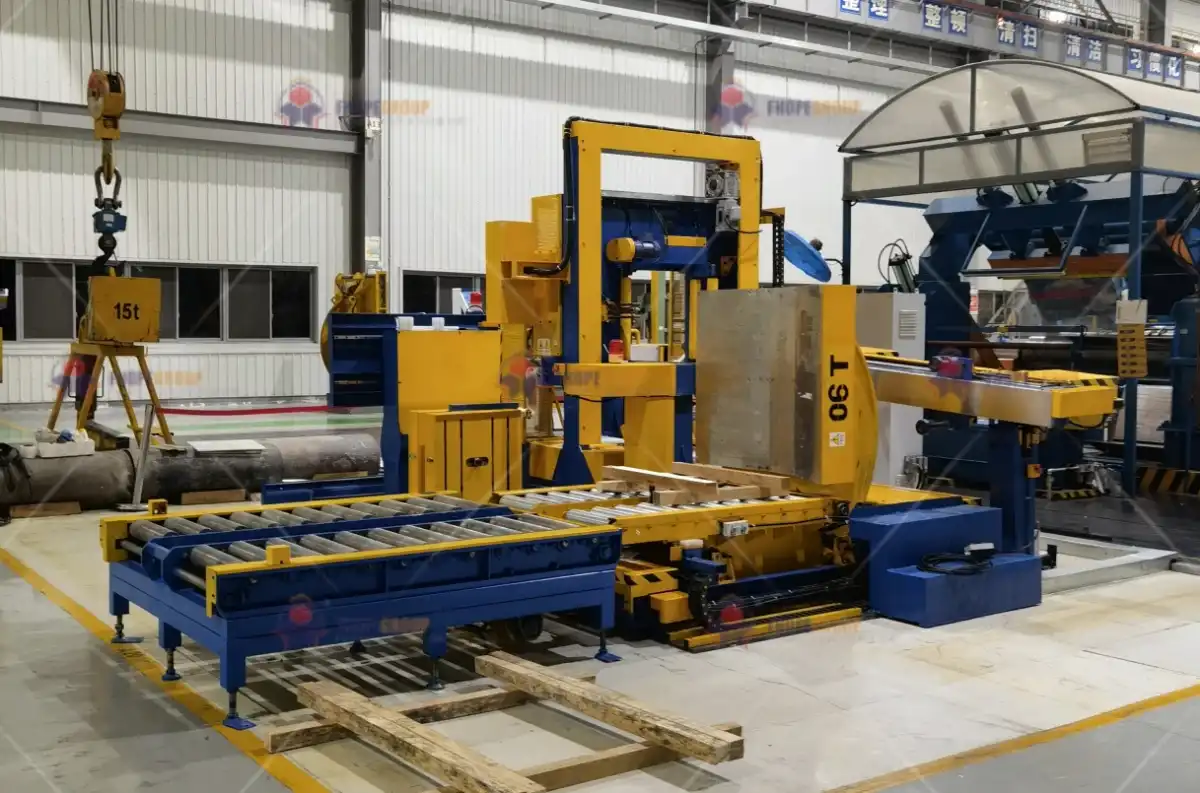
How VCI Packaging Revolutionizes Rust Prevention for Coils
VCI technology operates on a molecular level. When enclosed with metal parts, VCI compounds volatilize and adsorb onto the metal surface, forming a thin, passivating layer. This layer disrupts the electrochemical process required for corrosion. The beauty of VCI is its ability to protect areas not in direct contact with the packaging material, making it ideal for complex shapes like coil interiors.
Specific VCI materials tailored for steel coils offer distinct advantages:
- VCI Papers: Often used for interleaving between wraps or as an inner liner. High-strength, reinforced VCI papers (like scrim-reinforced or poly-coated kraft) provide both corrosion protection and a degree of physical barrier. They are clean, easy to use, and often biodegradable or recyclable.
- VCI Films: Polyethylene films infused with VCI are commonly used for wrapping coils. VCI stretch film is particularly innovative, allowing for automated wrapping while delivering continuous corrosion protection. VCI shrink films and heavy-duty VCI poly bags or covers offer robust barrier properties combined with VCI emission for long-term storage or challenging transport conditions.
- VCI Emitters/Diffusers: Small devices containing concentrated VCI compounds can be placed inside the coil eye or enclosure to boost protection, particularly for large coils or long transit times.
- VCI Liquids/Coatings: Water-based or oil-based VCI formulations can be applied directly to the coil surface or edges, sometimes used in conjunction with VCI packaging materials for enhanced protection, especially immediately after production processes like pickling or temper rolling.
Implementing VCI packaging significantly reduces or eliminates product loss due to corrosion, minimizing costly claims and improving customer satisfaction. Furthermore, VCI-protected coils are typically ready for use immediately upon unwrapping, streamlining downstream processes for the customer compared to cleaning off traditional rust preventatives. Companies like Cortec and Zerust have pioneered diverse VCI product lines, offering tailored solutions for various coil types, sizes, and export destinations. Their extensive product range allows manufacturers to select the most appropriate combination of VCI papers, films, and covers to create a customized, effective, and often more economical packaging system.
| VCI Material Type | Primary Application | Key Benefit for Coils | Additional Notes |
|---|---|---|---|
| VCI Paper | Inner wrapping, interleaving | Clean contact corrosion inhibition | Available reinforced or poly-coated |
| VCI Films (Standard) | General wrapping, liners | Barrier + Vapor phase corrosion inhibition | Varying strengths and formulations |
| VCI Stretch Film | Automated wrapping, unitization | Efficient application, continuous contact/vapor protection | High holding strength, tear resistant options |
| VCI Coil Covers/Bags | Full enclosure, heavy-duty protection | Maximum barrier and VCI concentration | Custom sizes available |
| VCI Liquids/Coatings | Surface/Edge treatment, In-process RP | Immediate contact protection, supplemental VCI | Water-based or oil-based options |
Enhancing Physical Durability: Beyond Just Wrapping
Exported steel coils face a gauntlet of physical stresses during their journey: impacts during loading/unloading, vibrations during transit (road, rail, sea), pressure from stacking, and potential abrasion. While VCI protects against the unseen enemy of rust, robust physical packaging is the frontline defense against visible and structural damage. Innovations in this area focus on materials that absorb energy, resist tears, and secure the coil’s form.
Physical packaging innovations for steel coils involve robust materials designed for impact and abrasion resistance. This includes heavy-duty edge and core protectors (like corrugated or plastic), specialized woven fabrics, high-strength stretch films, and dunnage solutions. Palletization and strategic strapping further secure coils, preventing movement and damage within containers or during transit, ensuring they arrive structurally sound and visually appealing.

Key Materials and Techniques for Robust Coil Protection
Protecting the vulnerable parts of a steel coil is paramount. Edges can be easily crushed or damaged by forklifts or impacts. The eye of the coil needs protection against inward collapse or damage. The outer wrap must resist punctures and tears.
Innovative physical packaging materials and techniques include:
- Edge Protectors: Made from compressed cardboard, laminated paperboard, or heavy-duty plastic, these are placed along the outer periphery and inner core (eye) of the coil. They absorb impact, distribute pressure from strapping, and prevent damage from handling equipment. Customizable shapes and strengths are available for different coil sizes and weights.
- Corner Protectors: Similar to edge protectors, but specifically designed for square or rectangular bundles of sheets or pallets, they prevent damage to corners from impacts and strapping tension.
- High-Strength Wrapping Materials: Beyond standard stretch film, innovations include woven polyethylene fabrics (like Cortec’s CorShield or high-strength scrim from Zerust) or multilayered laminates. These materials offer exceptional tear and puncture resistance, providing a durable outer shell capable of withstanding rough handling and environmental exposure.
- Specialized Protective Covers: Custom-fit covers made from heavy-duty, often reinforced, materials can provide full enclosure, protecting the coil surface from dirt, dust, and abrasion, in addition to offering moisture resistance.
- Palletization and Skids: Using sturdy wooden or composite pallets and skids lifts the coil off the ground, facilitating handling with forklifts and preventing moisture wicking from floors. Techniques like "eye-to-sky" or "eye-to-horizon" stacking on pallets require appropriate securing methods tailored to the orientation and handling equipment at the destination.
- Strapping and Securing: High-tensile steel or polyester strapping is critical for securing coils to pallets or skids and preventing movement. Innovative strapping systems can apply precise tension to hold the load firmly without damaging the coil edges (when combined with edge protectors).
- Dunnage and Void Fill: Using materials like airbags, foam blocks, or honeycomb cardboard to fill empty spaces within containers or between coils on a truck prevents shifting, rubbing, and impact damage during transit caused by sudden stops or turns.
These materials and techniques are often combined to create a multi-layered defense system. A typical high-protection package might include VCI paper inside, followed by VCI film wrapping, reinforced woven fabric outer wrap, edge and eye protectors, all secured to a sturdy pallet with high-strength strapping, and finally potentially blocked and braced within a container using dunnage. The evolution of these materials focuses on increasing strength, durability, ease of application (especially with automation), and sometimes incorporating secondary benefits like moisture resistance or UV protection.
Optimizing the Packaging Process: Efficiency and Specialized Solutions
Efficient packaging isn’t just about the materials; it’s also about the process. Manually handling and wrapping large, heavy steel coils is time-consuming, labor-intensive, and presents safety risks. Furthermore, manual processes can lead to inconsistent application of protective layers, creating vulnerabilities. Innovations in packaging machinery and specialized materials designed for these systems are transforming throughput and consistency in coil export preparation.
Automated systems and specialized materials address these challenges, streamlining workflows and ensuring reliable protection. Innovations in steel coil packaging for export include integrating automated packaging lines and developing specialized materials tailored for specific applications or automated processes. Solutions like automated stretch wrapping machines utilizing VCI films, specialized edge protectors designed for machine application, and unique protective products like Propaflex, which conforms precisely to coil contours, enhance efficiency, reduce labor costs, and improve the consistency and effectiveness of protective measures against transit hazards.

Automation and Tailored Protective Materials
Automated packaging lines are becoming increasingly prevalent in large-scale coil production facilities. These systems can handle coils with precision, apply multiple layers of packaging materials (VCI wrap, stretch film, outer wrap), dispense and position edge/eye protectors, and apply strapping, all with minimal manual intervention. This not only increases the speed of packaging but also ensures a consistent, repeatable level of protection for every coil. High throughput rates (some systems reaching 20 coils/hour or more depending on complexity) are achievable with automated solutions.
Accompanying the rise of automation are specialized materials designed to perform optimally within these systems:
- Machine-Grade VCI Stretch Film: Developed with specific elongation, tack, and strength properties to work seamlessly with automated stretch wrapping machines, ensuring consistent VCI coverage and load unitization.
- Automated Dispensing Edge Protectors: Edge protectors designed for easy loading and precise application by robotic arms or automated mechanisms on the packaging line.
- Propaflex: A unique product by Propagroup, this material features a smooth inner surface and a corrugated outer surface. Its flexibility allows it to perfectly adhere to rounded coil surfaces, absorbing impacts and preventing chafing during transport and storage. It’s a specialized solution for surface protection, usable for coils or flat sheets on pallets, and can be integrated into packaging processes.
- VCI Eye Inserts: Formed pieces, often fiberboard or plastic, laminated or coated with VCI, designed to fit snugly into the coil eye for targeted corrosion protection in that critical area, and suitable for automated insertion.
The integration of automated processes with specially designed, high-performance packaging materials represents a significant innovation. It transforms packaging from a labor-intensive bottleneck into an efficient, reliable stage of the export process. Case studies, such as those highlighting the use of VCI stretch film in "thru-the-eye" wrapping systems at major steel mills, demonstrate how these innovations have led to reduced labor costs, minimized material usage, and drastically cut down on corrosion-related claims. This combination of process efficiency and material effectiveness provides a higher, more consistent level of protection necessary for competitive global markets.
| Specialized Material | Primary Function | Key Benefit for Automation | Ideal Application |
|---|---|---|---|
| Machine-Grade VCI Film | Corrosion & Physical Barrier | Consistent application, high throughput | Automated stretch wrapping lines |
| Propaflex | Surface Protection | Conforms to curves, impact absorption | Coils, rounded surfaces, pallet protection |
| VCI Eye Inserts | Core Corrosion Protection | Targeted VCI release in void | Automated insertion into coil eye |
| Heavy-Duty Woven Fabric Wrap | Outer Physical Barrier | Extreme tear/puncture resistance | Automated wrapping for demanding environments |
Integrated Packaging Solutions and Future Considerations
Effective steel coil export packaging is not achieved by relying on a single material but through the strategic combination of multiple layers and components forming a cohesive system. This integrated approach addresses the multifaceted threats of corrosion, physical damage, and logistical challenges simultaneously. Innovations are driving the development of systems where VCI protection is seamlessly combined with robust physical barriers, unitization methods, and handling aids, all designed to function in concert.

Integrated steel coil packaging solutions combine multiple innovative materials and techniques for comprehensive export protection. This includes combining VCI protection with robust physical barriers like high-strength wraps, edge protectors, and secure strapping on pallets, all designed to work together within a system. Automated lines facilitate the consistent application of these layers, minimizing handling damage and ensuring readiness for various transport modes, guaranteeing product integrity upon arrival. A well-designed system considers the coil’s dimensions, weight, sensitivity, the transit route’s environmental conditions, handling procedures at origin and destination, and destination country regulations. Containerization adds another layer of complexity and protection, often utilizing container liners and desiccants to control the internal environment. The trend is towards smarter, more sustainable, and more adaptable packaging systems capable of protecting valuable steel assets under increasingly demanding global supply chain conditions. Future innovations may focus on biodegradable VCI materials, smart packaging with sensors to monitor conditions, and even more highly automated, flexible packaging lines. Partnering with experienced packaging and logistics providers is crucial to designing and implementing the optimal integrated solution for specific export needs.
Conclusion
Innovations in steel coil packaging materials for export have significantly advanced the ability to protect valuable steel assets against the harsh realities of international transit. From the invisible shield of VCI technology combating corrosion to the robust defense offered by high-strength wraps, edge protectors, and sophisticated securing methods, modern packaging solutions are more effective and efficient than ever before. Adopting these advanced materials and integrated systems is crucial for manufacturers aiming to minimize losses, uphold product quality, and maintain a competitive edge in the global market. Investing in high-quality coil packaging is not just a cost; it’s a strategic decision that ensures product integrity and customer satisfaction upon delivery.

